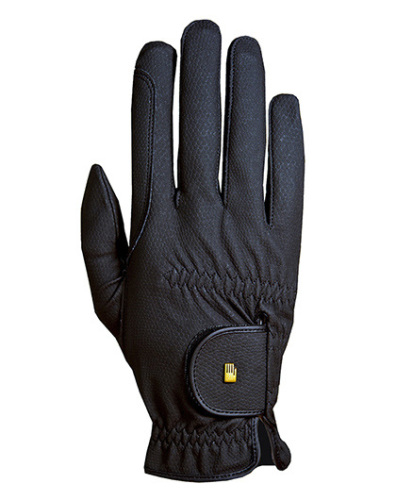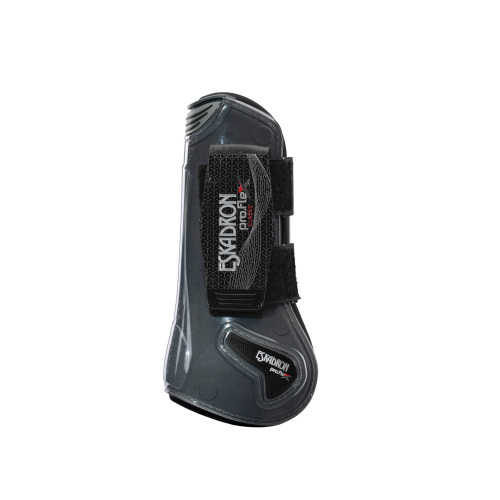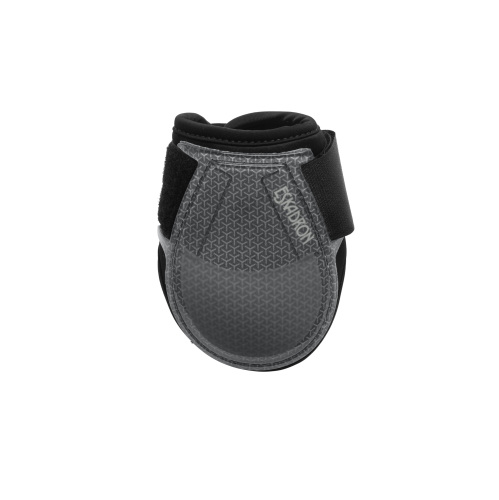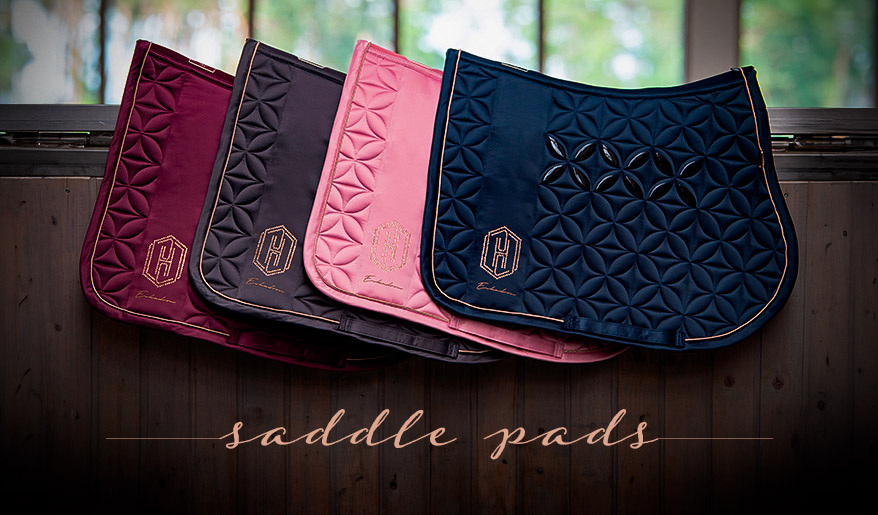Today we present you with second part of our series of articles about exercises for improving the rider's aid - seat, arms and legs actions. In the previous text we talked about the most common problems with seat, today we will focus on the rider's arms ;)
How to improve arms action?
When you learn how to horse ride, it is a natural reaction to try controlling everything with your arms. Through a long process of learning and regular trainings, the future rider learns how to do the opposite - use his or her arms less, and his or her legs and seat more. As the time goes, the rider learns to use the arms as an additional aid, only to support the horse's bend or to let him "lean" on the bit, when the horse is looking for contact with the rider, he takes the bit, chewing it (do not take it for clutching on the bit - when the horse hangs on the rider's arm and makes the so-called "fifth leg," thus he loses his gentleness, he is "hard" in the muzzle, unfeeling).
Problem 1: Arms are too stiff.
If your arms, elbows and wrists are not sensitive and elastic, your arms won't follow the horse's muzzle. It is difficult for you to keep constant, even contact.
Solution: While riding at a walk, try to keep your hands at the level of your horse's shoulder blades, each hand on the proper side of the horse's neck, a few cm above it. Focus on the movements of your horse's neck and head. If you have such possibility, while riding along a long wall of the manage, close your eyes in order to feel even better how the horse's body works.
Walk is a four-beat gait. If you focus on the walk for a while, you will feel that during one phase (namely, taking a step with each of the four legs), the horse stretches his head and neck forwards twice. It is quite easy to notice this regularity. At firt, of course, you have to do it mechanically, but with time it will become a habit and you will do it without giving a thought to it.
Try to keep light, but constant contact - without putting pressure on the horse's muzzle. Concentrate on "opening" and "closing" of your elbows, which should work like door hinges - light and without resistance, following the horse's head. Think of your arms as extension of the reins, which are glued to your shoulders. Your arms and reins should become one and be like elastic rubber, constantly maintaining even pressure, not allowing the pressure to change regardless of the horse's head's position.
While riding along the manage's fence, change directions, make circles, figure of eights, constantly riding at a walk and not allowing any of the reins to touch your horse's neck. If you can do it at a walk, try doing it at a trot, and later canter. Remember that at a trot, the horse is not working particularly hard with his head, but at a canter it is very clear at each canter foule (meaning each jump) he makes. During training, focus only on your arms. If you want to teach your horse anything, first you need to be in control of your own body.
One training focused on your arms action would not be enough. You will surely need to take a few, a dozen, maybe even a hundred trainings. However, with each lesson it would be "one of" the things you need to remember until it becomes intuitive and you could take your arms back to the initial position, allowing yourself to touch your horse's neck and holding them a bit closer.
Problem 2: Arms are working too rough and hard, pulled arms.
Some riders pull the reins too hard. Usually it happens when they are nervous. When you feel that you are not in control of the pace and direction, or when you are scared that the horse will prance. Sometimes it is also caused by lack of balance (instead of pressing the body weight into the legs and seat, it is pressed into the arms). Most horses in such case "hang" on the bit. It means, they shift their body weight on the rider's arms and his muzzle becomes numb. The horse pushed on the bit and the rider feels like his arms are about to fall apart.
Solution: In order to learn how to ride with properly elastic arms, try to hold them as if you wear teaming. The reins should go from the muzzle to the top of your hand, not bottom. Such reins should be hold only by thumbs from upside, without any loops on the little finger.
While holding the reins like this (as if you were teaming), you have no chance of putting too much pressure, unlike in the case of properly holding the reins. Try to ride at three paces while holding the reins like this.
This exercise can be performed simultaneously with the previous one. That will allow you to correct your arms actions in two aspects - elasticity and putting pressure on the horse's muzzle.
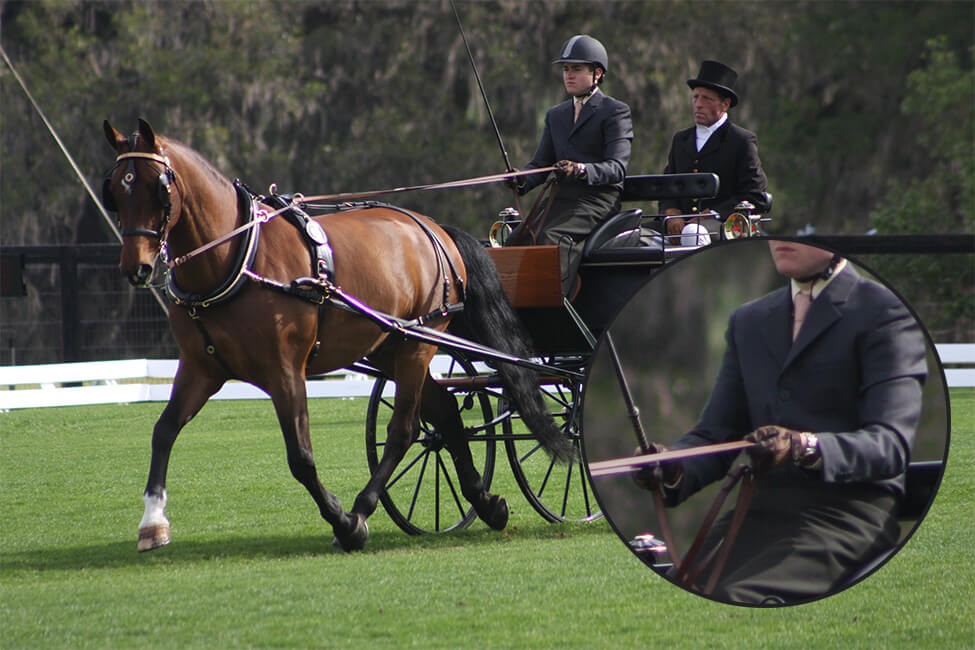
Holding the reins as if you were teaming, source: drivingdigest.wordpress.com
Problem 3: Not holding one's arms in one place. Arms are not working in parallel to each other.
The rider, whose arms move autonomously, makes the horse very uncomfortable. Especially while posting, the arms should stay in one place. They should not be raised with the rest of the body.
Soultion: Try to ride holding simultaneously the reins and a short jumping bat. Hold it horizontally in both hands, in parallel to the ground. That will force you to keep your arms at one level, in parallel to each other. What is more, you will remember to always keep them in once place.
Problem 4: “Broken” wrists.
The rider bends his or her wrists, at the same time bending the elbows - the fist is not straight. Hand is below the elbow - the rider bends the wrists down or the wrists are bent "inwards" (hands are no longer in parallel to each other, they seem to be "embracing" something).
Solution: Put a stick (e.g. from a popsicle) on the inner side of your wrist, so it is in parallel to your forearm. Let the end of the stick be on your hand. Fix the stick by wrapping your arm with a tape, bandage or wristband. With such wrapping, try to ride for a few, maybe a dozen training until you can keep your wrist in a proper position, not allowing it to bend.
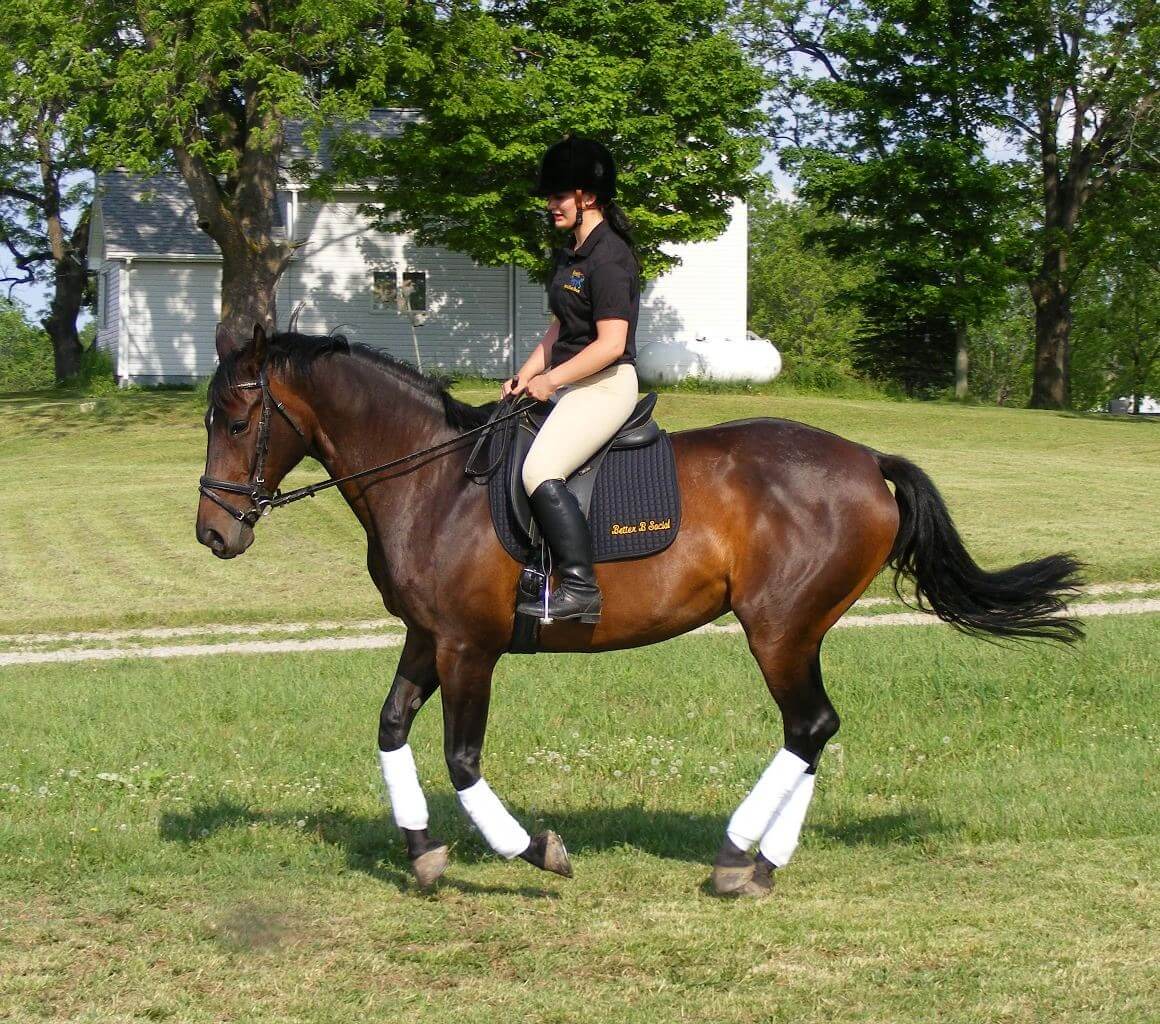
The wrists work "inwards," thus improperly, they are not straight and in parallel to each other, source: more-sky.com
Problem 5: Hands are too widely placed while riding.
The line muzzle-hands-wrists-forearms is no longer straight. What is more, while having the hands too wide apart, the rider does not keep the elbows by his sides and the contact with the horse is no longer stable.
Solution: Try riding while holding the bit in your hands along with the reins. That will prevent you from placing your hands wider from each other than the length of the bit. It is important that the bit is light and double jointed. Such bit will not disturb you while riding.
We hope that our tips will prove useful for you and help you improve the quality and clarity of signals for your horse, which will improve your communication.
In the next article of the series we will try to discuss another problems - with the rider's legs.



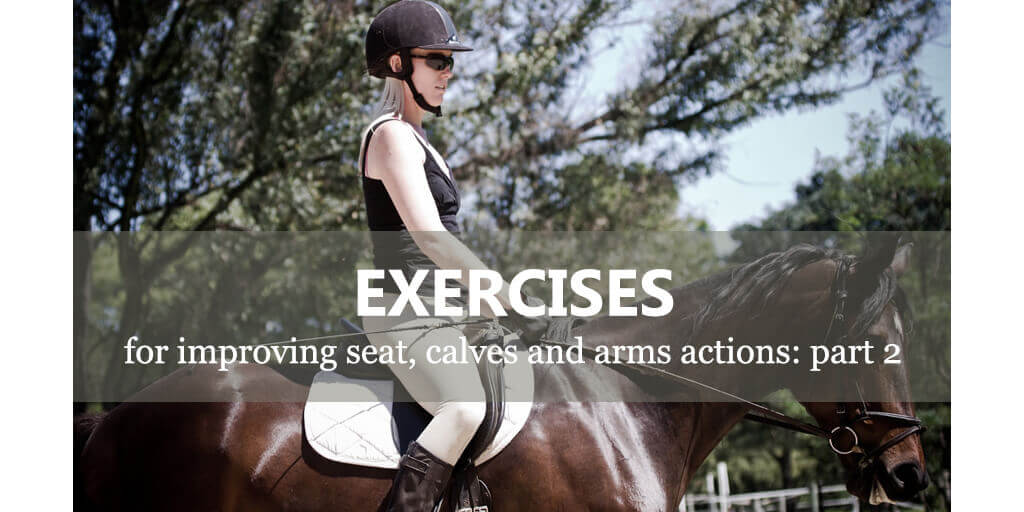
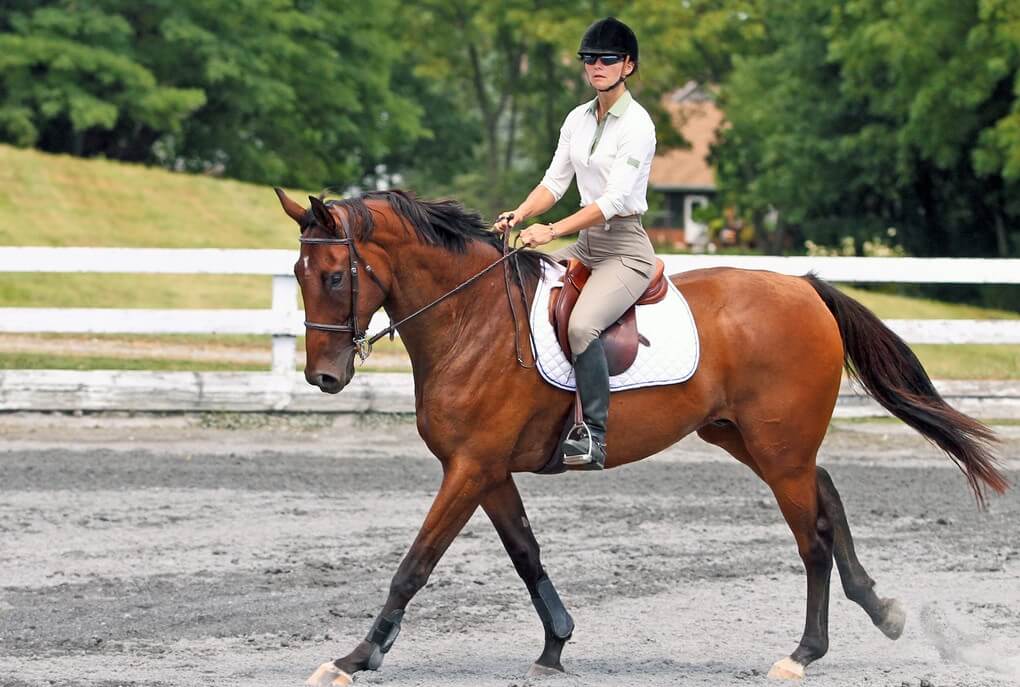 phot.
phot.  Holding the reins as if you were teaming, source: drivingdigest.wordpress.com
Holding the reins as if you were teaming, source: drivingdigest.wordpress.com The wrists work "inwards," thus improperly, they are not straight and in parallel to each other, source: more-sky.com
The wrists work "inwards," thus improperly, they are not straight and in parallel to each other, source: more-sky.com